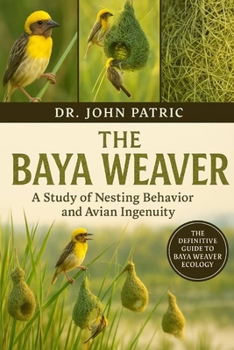The Baya Weaver: A Study of Nesting Behavior and Avian Ingenuity
Introduction to the Baya Weaver
Overview of Species, Common Names and Classification, Importance in the Avian World
The Baya Weaver (Ploceus philippinus) is one of nature's most fascinating examples of avian architecture and social organization.
Native to South and Southeast Asia, this small, unassuming bird has captured the attention of ornithologists, ecologists, and bird enthusiasts alike-primarily due to its extraordinary nest-building behavior, vibrant seasonal plumage, and colony-based breeding systems.
This chapter introduces the species in detail, explores its classification, and highlights its unique importance in the avian world.
1.1 Overview of the Species
The Baya Weaver is a small passerine bird, meaning it belongs to the order Passeriformes, which includes more than half of all bird species globally.
Despite its modest size and subdued appearance for most of the year, the Baya Weaver transforms into a show-stopper during the breeding season, especially the males.
Physical Description:
Size: About 15-18 cm (6-7 inches) in length
Weight: Between 20-25 grams
Plumage:
Non-breeding male and female: Brown and streaked, similar to a sparrow
Breeding male: Bright yellow crown and chest with dark brown wings-highly distinctive
This dramatic plumage change during mating season is nature's way of showcasing sexual dimorphism, helping females identify the most fit males.
Baya Weavers are known for their gregarious nature, living and nesting in large colonies often comprising dozens or even hundreds of individuals. Their presence is easily noted not just by their nests but by their constant, chirpy communication.





